

Age: 49
Sex: male
Date: 29 Aug 1987
Place: Ives Street, Chelsea, London
Naji Salim Hussain Al-Ali was assassinated. He was shot in the back of the neck outside his office in Ives Street, Chelsea at about 5.15pm on 22 July 1987.
He died a month later on 29 August 1987 in Charing Cross Hospital. After he was shot he was left in a coma. He was first taken to St Stephen's Hospital in Fulham before being moved to Charing Cross.
He had been a political cartoonist for the Kuwait newspaper al-Qabas International. He was said to have become a prominent political satirist during the 1970s and 1980s.
Naji Al-Ali was thought to have been chased by the man for about 40 seconds before he was shot. He had first parked his car in Ixworth Place and then walked to Draycott Avenue and into Ives Street where he was shot. The gunman was said to have got close to Naji Al-Ali before firing.
A man was seen running away after and a artists impression of him released. He was described as:
One witness said that he had been 'American looking'.
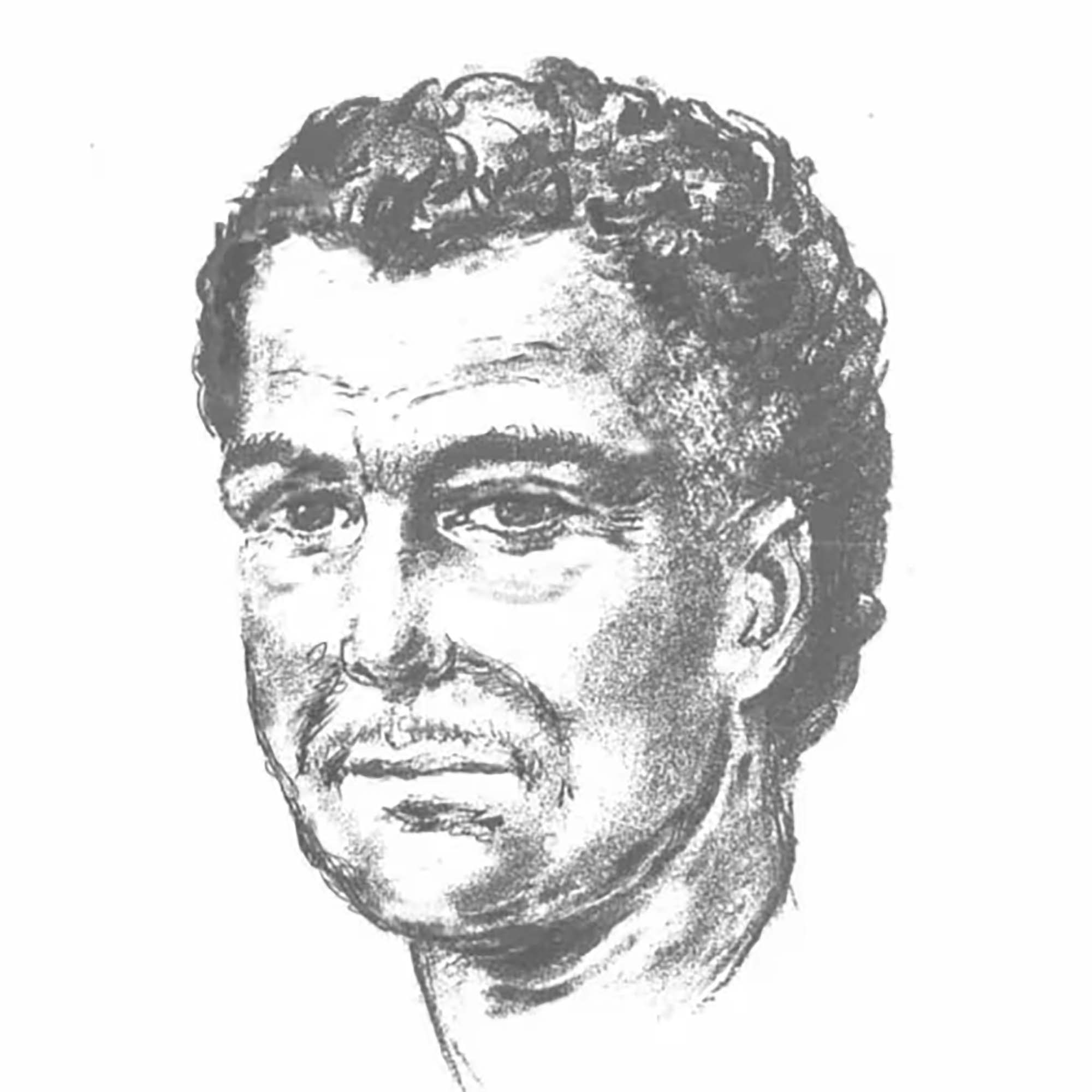
Another man of Middle Eastern appearance was seen nearby shortly after the shooting, crossing Fulham Road, going into Lucan Place and then getting into the driver's seat of a silver-grey left-hand drive Mercedes car. Witnesses said that they saw the man concealing something, saying that he had been running with his left hand inside the right side of his jacket.
Newspaper reports stated that the gunman cooly walked up to Naji Al-Ali, shot him in the cheek and calmly walked away.
The Mercedes car's registration was said to have had the letters P and H in the first part of it and might have ended with 11L.
The police said that they though that the gunman and the man with the Mercedes car had met shortly before the shooting.
The gun that was used was found two years later on the Hallfield Estate in Paddington. It had been a 7.62 Tokarev pistol on 22 April 1989.
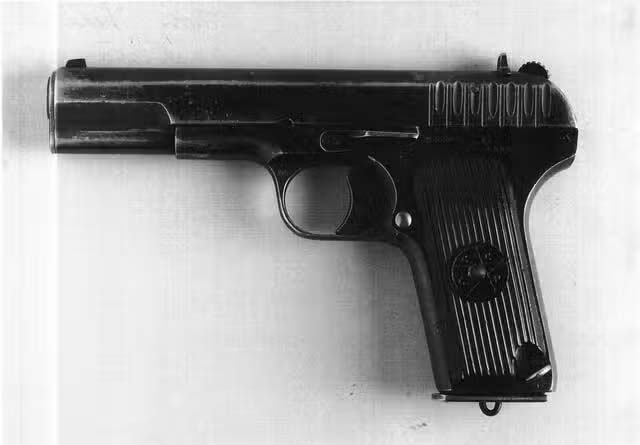
The day after his shooting Al-Qabas International published the 23 July 1987 issue which carried a front page report into his shooting and on the back page his last cartoon, which showed a character watching two children playing in a dustbin that resembled an oil drum. The script, in Arabic, showed a newspaper headline with the words, 'Killing poor people', and another with the word, 'Hunger'.
The police investigation into his murder was known as Operation Amazon.
Ten people were arrested during the investigation, but no one was charged.
It was reported that his colleagues had distributed copies of the paper carrying his illustrations before the shooting.
Naji Al-Ali was born in a small village in Palestine which was later destroyed by Israel when he was ten years old after which he was brought up in a south Lebanon refugee camp. He was said to have been a fierce advocate of the Palestinian cause, and his work was described as a popular symbol of Palestinian desperation and defiance. He was noted for the character Handala, who name meant bitterness, being derived from a plant that grew around Palestine that bore a bitter fruit. He was a refugee boy who never showed his face who appeared in many of his cartoons from 1969, and who became a symbol of the plight of Palestinian refugees and their defiance.
He was quoted as having said, 'Handala is not a fat, happy, relaxed, or pampered child. He is barefooted like the refugee camp children, and he is an icon that protects me from making mistakes'.
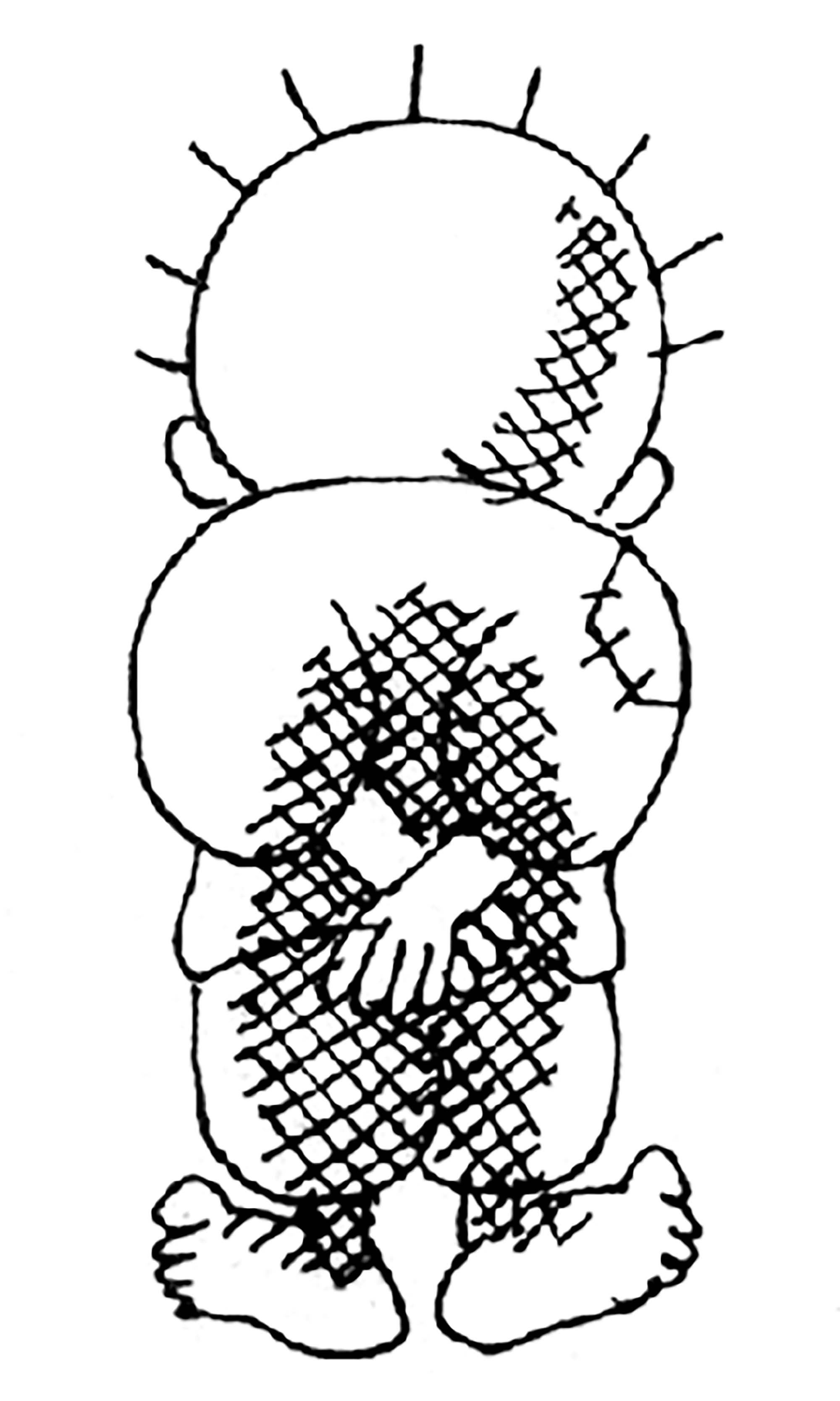
He was quoted as having said in an interview before his death, 'Handala, whom I created, will not end after I die. I hope that this is not an exaggeration when I say that I will continue to live in Handala, even after I die'. Images of his work are still seen on the sides of buildings in places such as Gaza, Bethlehem and Tel Aviv. It is also said to be a popular tattoo and often used in jewellery.
The characters posture, with his turned back and clasped hands, is said to symbolise his 'rejection at a time when solutions are presented to us the American way' and to be 'a symbol of rejection of all the present negative tides in our region'.
He was said to have drawn around 40,000 cartoons.
He had lived in Lebanon, Beirut and Saudi Arabia and then moved to Kuwait, however, due to the number of death threats he received he was relocated to the newspapers office in London where it was safer for him.
He was said to have received about 100 death threats during his career and to have been warned many times in the previous month, it being noted that threats were being made directly to him.
He was also said to have hit out at the corruption he saw in Palestine and the Arab world and to have targeted the Arab governments and the PLO, and it was heard that some weeks before his murder he received a call warning him to stop attacking Yassir Arafat and to 'correct his attitude'.
He was said to have told a Palestinian writer days before his murder, 'I entrust you, whoever my killer may be, my killer is Yasser Arafat'.
It was reported that during an event at Abdullah Al-Salem High School in Kuwait, Yasser Arafat was quoted saying, 'The one whose name is Naji al-Ali, if he continues to paint, I will put his fingers in acid'.
Al-Qabas International was noted itself as having been opposed to the Khomeini regime in Iran. Following his murder, the newspaper said 'He's the most famous cartoonist in the Arab world' and later noted that several Arab governments could have been responsible for the attack.
The Iranian Embassy in London denied any involvement in the attack on Naji Al-Ali. They said, 'We regrettably see an orchestrated attempt in Britain trying very hard to convince public opinion that Iran is behind terrorism activities, which is totally baseless. Iran totally denies any involvement in terrorism'. It was noted that his murder came only five days after a former Minister in the Shah of Iran's Cabinet was blown up in his car in Kensington. The bomb had exploded beneath the front seat of the car but the former minister managed to escape through the window and survived. He suffered a broken leg, cuts and bruises. A call was later made to the Press Association saying that the Guardians of the Islamic Revolution had planted the bomb. The caller said, 'We are responsible and we will kill all the monarchists'. The former Minister had been the chairman of the National Movement for Iranian Resistance in London which had opposed the government of Ayatollah Ruhollah Khomeini in Iran. He had held several ministerial posts in the previous Iranian government, but fled after Mohammad Reza Shah Pahlavi was deposed in 1979 following the Iranian Revolution which saw the end of the 2,500 year old monarchy.
However, he ignored te warnings and published a cartoon of Yassir Arafat and a woman friend, which it was said was highly sensitive as Yassir Arafat was always said to have been 'married' to the Palestinian revolution, and it was thought by his family that it had been the PLO that had ordered his assassination, a claim that was supported by the alleged involvement of a leading member of Force 17, a PLO paramilitary organisation whose responsibility was in part to protect Yassir Arafat.
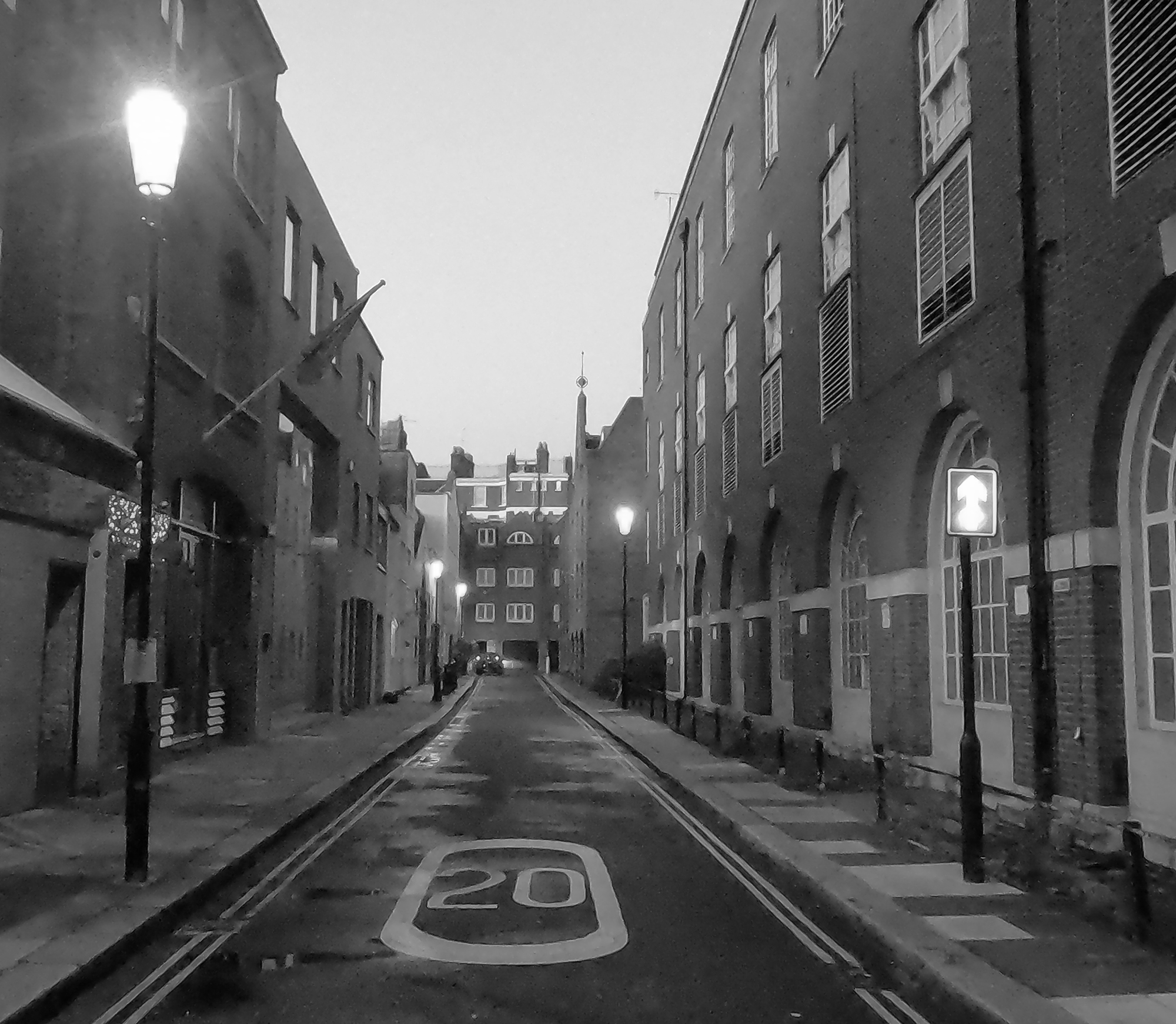
The man had been expelled from Britain in April 1987, but it was claimed that he had returned around the time of Naji Al-Ali's murder, and then left again shortly after.
During the search for the man the police searched a flat in Westbourne Avenue, Hull that had been used by one of his associates where they found six suitcases of arms and explosives. the suitcases included 68lb of explosives, four assault rifles, seven hand grenades, detonators and clocked for making bombs, eight magazines loaded with ammunition and a large quantity of .38 and 9mm ammunition.
However, the associate, a Palestinian engineer and researcher at Hull University, told the police that he had been one of two Mossad double-agents within Force 17 in the UK and had been keeping tabs on the man whilst he was in the UK resulting in it being further claimed that Mossad had known about the plot to murder Naji Al-Ali, a fact that annoyed the British Government,
The disclosure resulted in the British Home Office expelling an Israeli embassy attache who it was thought had been the Palestinian engineer's controller.
It also resulted in the Prime Minister, Margaret Thatcher, to order Mossad’s operations in the UK to be shut down.
Naji Al-Ali's murder took place during a year of heightened tension between Palestine and Israel and later on there was a Palestinian uprising against Israels occupation of the West Bank and Gaza.
Naji Al-Ali had had four children and had been living in Wimbledon at the time.
He was buried in Brookwood Islamic Cemetery outside London. A statue of him was later erected at the northern entrance of Ain al-Hilweh camp where he was raised. It was later blown up, but then re-erected.
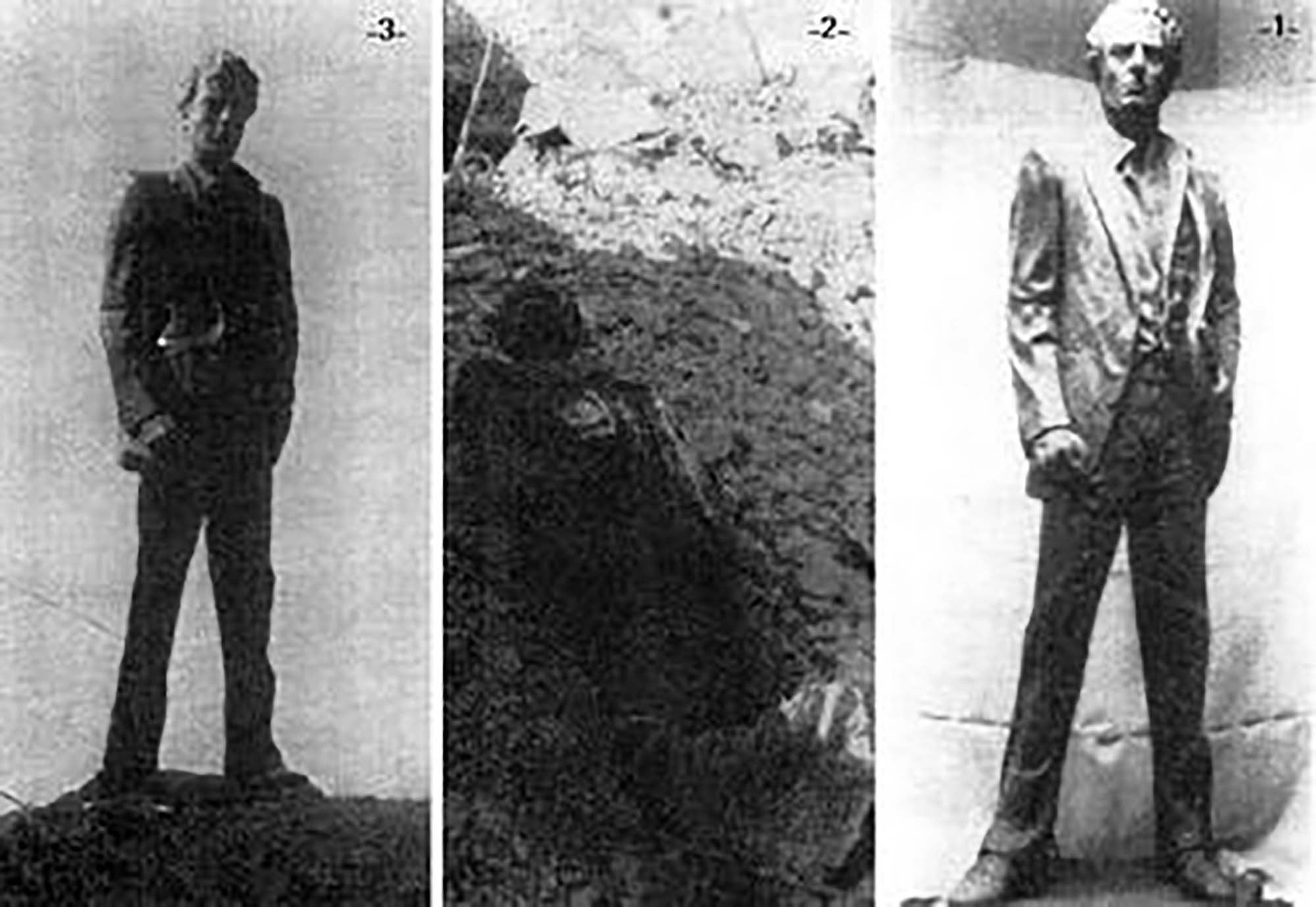
see en.wikipedia.org
see BBC
see The Gaurdian
see BBC
see Washington Post
see ITV
see Wikipedia
see Wikipedia
see Jewish News
see Evening Standard
see Mirror
see Manchester Evening News - Thursday 23 July 1987
see Liverpool Echo - Thursday 23 July 1987
see Dundee Courier - Tuesday 18 August 1987
see The Scotsman - Tuesday 18 August 1987
see The Scotsman - Friday 24 July 1987
see Liverpool Daily Post - Friday 24 July 1987
see Derby Daily Telegraph - Thursday 23 July 1987
see Belfast News-Letter - Thursday 23 July 1987
see Huddersfield Daily Examiner - Thursday 23 July 1987